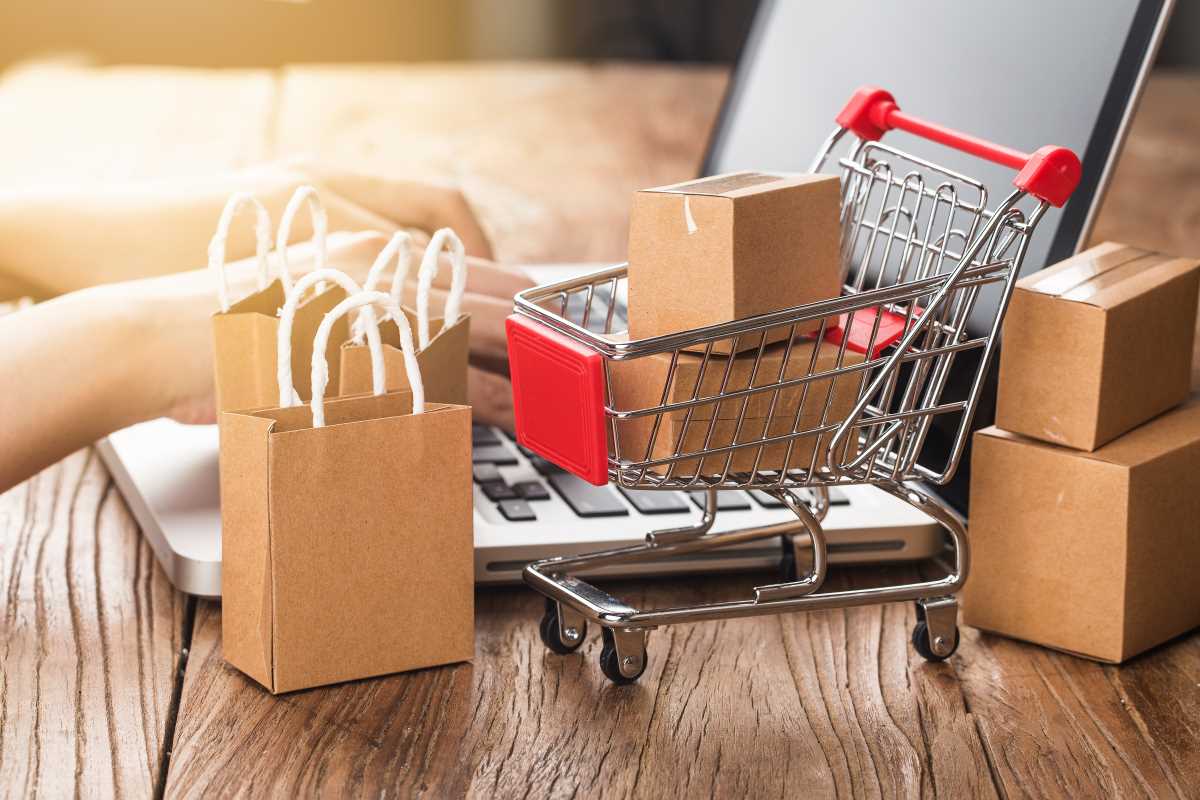Instant gratification has become the norm in the shopping experience, and "Buy Now, Pay Later" (BNPL) services are rising to meet that expectation. Whether you're snagging the latest tech gadget or refreshing your wardrobe, BNPL options like Afterpay, Klarna, and Affirm allow you to split purchases into smaller, interest-free payments.
While these services offer undeniable benefits, there are also potential pitfalls that shoppers should consider. This guide breaks down the pros and cons of BNPL so you can decide if this payment option is right for you.
What is Buy Now, Pay Later?
First, let's clarify how BNPL works. At checkout, retailers offering BNPL services enable you to purchase an item and pay for it over several weeks or months. These services often come with interest-free options, provided you stick to the payment schedule. However, if you miss a deadline, late fees or interest charges may apply. The model is especially appealing because it makes larger purchases more manageable without the need for credit card financing.
Now that you understand the basics, let's take a closer look at the advantages and disadvantages of BNPL.
The Pros of Buy Now, Pay Later Services
1. Convenience and Simplicity
BNPL is as straightforward as it gets. When shopping online or in-store, selecting the "Buy Now, Pay Later" option at checkout is quick and user-friendly. Services like Klarna and Afterpay often have apps that track your payment schedule, making it easier to stay on top of payments.
This type of payment is perfect for when you need something immediately but prefer not to pay the full amount upfront. For instance, if your phone breaks unexpectedly, BNPL can help you replace it without disrupting your monthly budget.
2. Interest-Free Payments (for On-Time Users)
One of the biggest selling points for BNPL is the interest-free structure. Unlike traditional credit cards, many BNPL services allow you to pay off purchases in installments without additional interest, provided you meet all deadlines. This can be a cost-effective option, especially for individuals wary of paying significant interest rates on a standard credit card balance.
3. Budget-Friendly Flexibility
For shoppers managing tight budgets, BNPL breaks down larger sums into bite-sized payments. For instance, a $200 coat might feel intimidating to buy all at once, but splitting it into four $50 payments over six weeks can make it more achievable. This flexibility enables people to afford goods and services they might otherwise have to delay or save for.
4. Credit Score Not Required
Many BNPL providers don’t perform hard credit checks, making these services easily accessible to individuals with little-to-no credit history or those who have a lower-than-average score. BNPL’s low barriers to entry create an inclusive solution for people who might struggle to qualify for loans or credit cards.
5. Expanding Options
From fashion to electronics and even travel, BNPL partnerships with retailers now span a wide variety of industries. The growing availability of BNPL lets customers choose this option across multiple categories, empowering them to stay in control of their spending habits with one consistent repayment method.
The Cons of Buy Now, Pay Later Services
1. Debt Can Accumulate Quickly
One of the biggest caveats of BNPL services is how easy it is to lose track of your spending. Because payments are broken into smaller amounts, shoppers may feel encouraged to make multiple purchases without considering the total financial burden. Before you know it, you might have four or five installment plans running at the same time, adding significant strain to your budget.
2. Late Fees and Penalties
If you miss a payment, BNPL services often charge late fees, which can add up quickly. Some providers may also introduce interest charges once you default on your initial repayment schedule. This can make your affordable purchase suddenly much more expensive. It’s essential to review the terms and conditions to ensure you fully understand the potential penalties.
3. No Contribution to Credit History
While it’s true that most BNPL services don’t require a credit check, they also don’t generally report positive repayment behavior to major credit bureaus. This means that even if you make all your payments on time, it won’t help you build credit. By contrast, responsible use of a traditional credit card can improve your credit score over time.
4. Overspending Temptation
BNPL makes shopping so convenient that it may encourage impulse purchases. You might rationalize spending more because you’re only paying a fraction upfront, but the total repayment cost can snowball. This type of overreliance on BNPL can lead to financial strain or even dependency on installment-based payment systems.
5. Potential Hidden Fees
Some BNPL services carry "gotcha" fees buried in the fine print. Several plans only offer interest-free options for a limited time, after which high interest rates may kick in. Additionally, some services may charge fees if you reschedule payments or close an account with an outstanding balance. Always read the terms carefully before committing.
Tips for Using BNPL Wisely
If you’re considering using a BNPL service, follow these guidelines to stay in control:
- Set a Strict Budget: Before selecting BNPL, calculate whether the payments fit comfortably within your budget. Avoid making multiple BNPL purchases simultaneously.
- Track Your Payments: Use the provider’s app or set reminders to ensure you never miss a payment and incur late fees.
- Read the Fine Print: Understand all applicable fees and interest structures before committing to a plan.
- Use BNPL for Essentials Only: Reserve BNPL for necessary or planned expenses rather than splurging on nonessentials.
- Consider Alternatives: Review whether a traditional credit card with cashback or reward benefits might meet your needs better.
When used mindfully, BNPL can be a valuable tool for managing expenses. But always weigh the pros and cons carefully to determine if it fits your financial goals and lifestyle. After all, the best payment option is one that empowers you to spend within your means while keeping your financial health intact.







